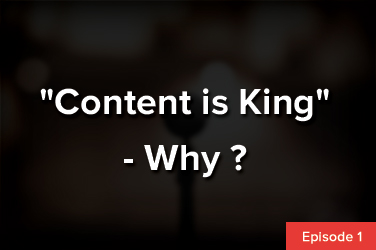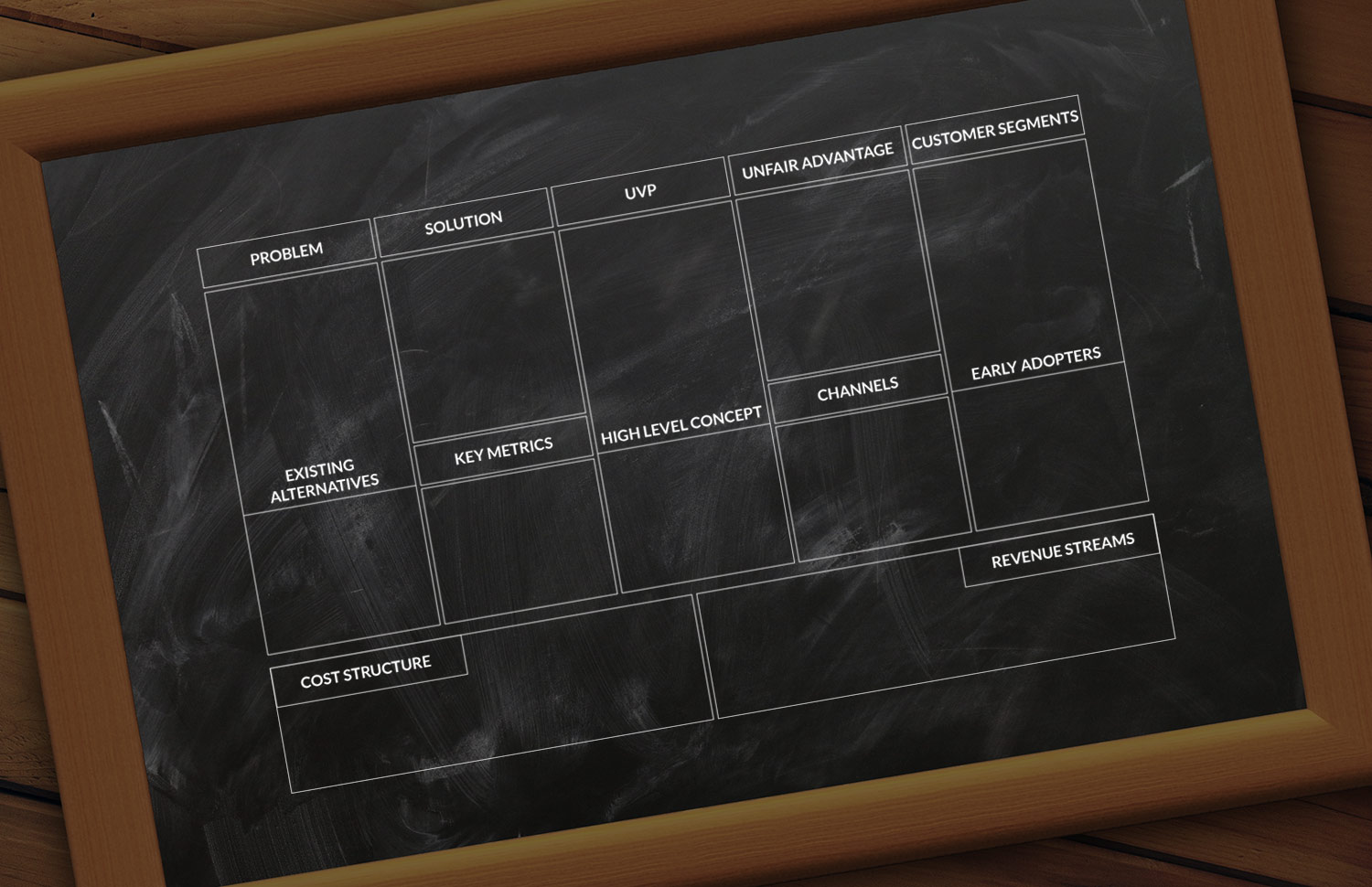What’s the Key to Creating Successful Conversion Content? and Grow Sales!
If you want to understand the world in which you live and then write about it, then you’re on the path to creating better conversion content. Accept that readers have a maximum of a few minutes to spare. More often, they have only seconds to read content. Make your words count. Understand Your Customer The […]
-
If you want to understand the world in which you live and then write about it, then you’re on the path to creating better conversion content. Accept that readers have a maximum of a few minutes to spare. More often, they have only seconds to read content. Make your words count.
Understand Your Customer
The rules for how to maintain good content on your site change each day. When you’re creating content, consider what your website visitors need. You don’t want to introduce content that doesn’t affect their buyer’s journey. The best content introduces issues or ideas that affect readers directly or will affect them soon. Some pieces of content also deliver solutions.
Some content persuades people to take an action, and others leave people thinking about an idea. This piece prompts you to explore the logic behind writing brand-reinforcing content. Not every piece that you write will prompt an action, but it could contain an idea or a link to a tool that will benefit readers. Conversion content may remind readers why they need to return to your site, but it doesn’t directly pitch them.
Here’s an Example
In this post, content writers can see how to develop an idea into a piece of conversion content. Let’s say you own a startup business that markets laundry and dry cleaning services, but the angle is that drivers handle pickup and drop-off for customers. This is a dry topic on which to write. Users want fresh clothes for their professional and personal uses. On the buyer’s journey, there are customers who know they can afford the service and customers who need it but who aren’t sure they can afford it.
Conversion content should address both types of readers. I Googled the phrase “how pressed shirts look more professional AND 2017” and discovered a top link to a GQ article category. Another click led me to the article, “When It Comes to Casual Suits, You Should Copy a Frenchman.” One Google search gives me the angle I need for a blog post. I could write briefly about the sleek look of the Frenchman Vincent Cassel in the story or take a more broad look at fashion. I could compare his look with other actors (French or otherwise) or connect the piece back to needing expert laundry and dry cleaning services.
This angle gives readers concerned with their professional image something to read about while relating to their buyer’s journey. I could write a similar piece targeted towards professional women. I could turn this into a series of posts. This writing approach indirectly represents what my brand sells without appealing to readers for their business.
Why Pick a Concept
Writers want to develop conversion content around a concept. It could be a branding concept or an idea that matters to buyers. Sit with your laptop and tell yourself that you will communicate only the ideas that readers need to know (perhaps with examples), and you’ll be fine.
However, your writing product could be boring. When you reread a piece of content, ensure that there’s a hook to capture the attention of readers and a theme or a storyline woven throughout the text. Take readers through the points without losing their interest. Make your edits. Eliminate sentences that don’t support the theme or storyline (unless you’re refuting them for instructional purposes). Remove sentences that introduce other subjects. These are topics for future content writing.
Some writers maintain their focus by following an outline while other writers develop ideas in a more fluid process. They see ideas unfold around a paragraph structure, adding more details below their topic sentences. In the end, read the piece aloud and see if it answers the reader’s questions without exceeding the target word count.
Write Words That Matter
Placing yourself in a reader’s shoes, you can determine if a piece communicates a concept. Did you write words that matter? Did you babble on about the keyword phrase and turn readers away from the site? We live in a world in which consumers decide whether to keep reading content in a matter of seconds. Does the piece benefit them? Should they read more? Readers click away to other content if the writer wastes their time. For more details on converting readers into brand consumers, please contact us for more information.
Archives by Month:
March
- Why People Buy? What key factors determine they would do business with you?
- Special Guest – Raj Smriti
- Let’s catch the Thief that is stealing your success



February
January
- The 5 Sins of Marketing to avoid for success
- How to charge what you’re worth?
- Ever heard “Content is King” – Why ?



July
- 20 Myths About Business Success Revealed
- 4 Ways to Stop Burning Money in Ads but Still Get More Customers?
- What’s the Key to Creating Successful Conversion Content? and Grow Sales!
- Inbound Marketing – Perfect For People Who Hate Selling
- The Worst Advice We’ve Ever Heard About Sales





March
- What is Buyer’s Journey & Why it matters for your business?
- 4 Reasons why your Marketing efforts are not paying off or converting?
- The Benefits of Buyer Personas and How to Get Started?
- Why We Don’t Sell Any Project Without Discovery?




February
- 10 signs your website might be ready for an upgrade
- Why your business needs a technical co-founder…and where to find one?


January
December
- Startups Business – Determining if Your Business is Ready for Funding
- Five steps to attract investors
- How to Make a Successful Startup Business Plan.
- 10 Common Mistakes New Businesses Make




November
- 10 Crucial Errors to Avoid for Startup Businesses
- Spread the Word: 4 Ways to Enhance Your Online Presence
- $100 website vs a $10,000 website? What’s the difference?
- Brochure Website vs. Sales Person Website – What Really Works for You?
- $10,000?! For a website? Is a website worth that much ?










